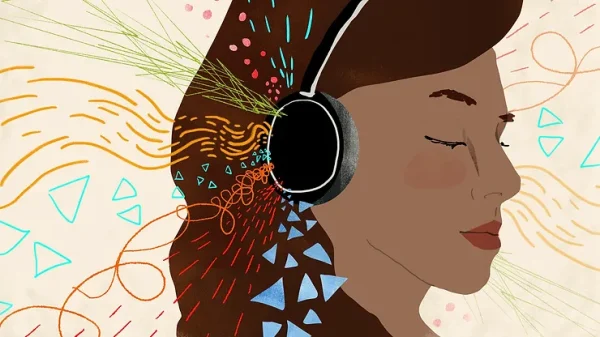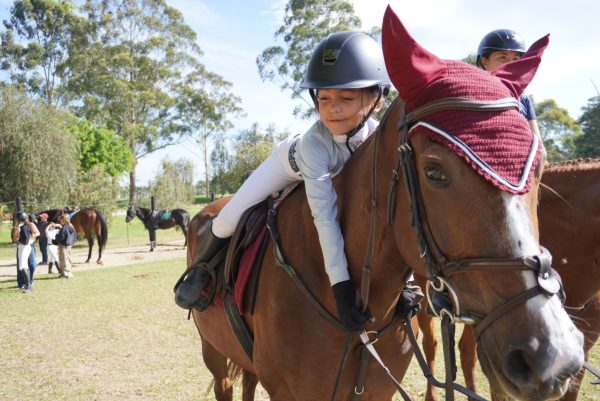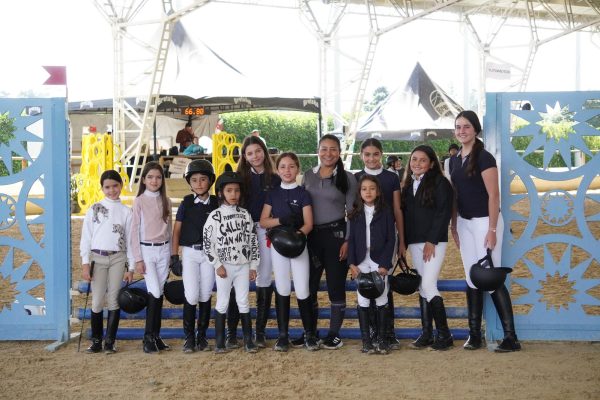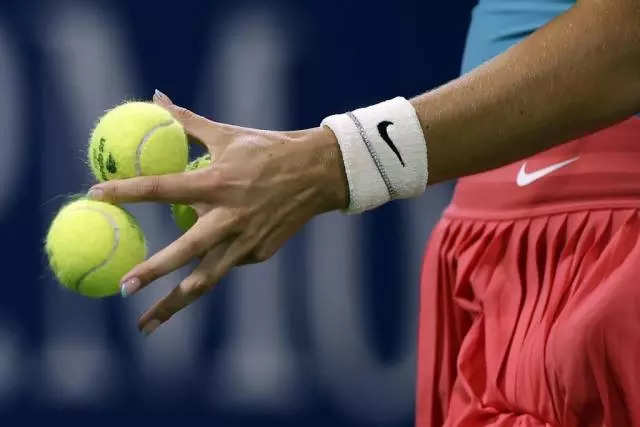In today’s fast-paced world, teenagers are finding themselves at the intersection of demanding competitive sports and countless other responsibilities. Striking a balance between excelling in the sports arena and meeting academic and personal commitments has become a growing challenge for these young athletes.
Youth sports participation implies that teenagers must dedicate significant time and effort to compete at this high level. While the benefits are clear, the ability to harmonize these commitments with academic and social obligations presents a unique set of challenges. The trials and tribulations faced by teen athletes as they navigate the demanding world of competitive sports while managing their responsibilities are tough, and often unseen by others.
Teen athletes, find themselves caught in a delicate balancing act. Their schedules can be relentless, often requiring them to rise early for practice, attend school, complete assignments, and then return to the field for training or competitions. The pressure to excel both on and off the field can be daunting.
“To engage in a high-performance sport you must have an average of six hours of daily training, and the academic load at school is not enough for a person to train six hours per day and fulfill academically at the same time,” Hernan Arango, physical education teacher and women’s soccer coach at TCS said.
The challenges of managing dual responsibilities help teen athletes build resilience and perseverance. They learn to bounce back from setbacks, handle pressure with composure, and stay focused on their goals. These qualities are not just crucial for their current pursuits but also for their future careers and personal lives.
“Sports give you discipline, and help you work for a goal, to work as a team, which, after all, helps you work in a company. The team respects rules and the authority,” Arango said.
Although some sports are considered individual ones, teamwork is also required. The partnership between coaches, parents, and the players themselves creates a team that must cooperate to reach a common goal. To further expand the idea of teamwork regarding teens and competitive sports, this lesson can be sometimes hard to teach for those who play sports at multiple levels simultaneously.
“For the school team, girls who engage in soccer at a competitive level, help the team achieve superior technical, tactical, and competitive levels of performance in the field… When you play with friends or with your family, you have more fun, and you are more willing to work than when there are rivalries or there is no trust between all the players. That is why a single person who is not integrated with the work of the team would have a superfluous and overwhelming presence,” Arango said.
On the other hand, 17-year-old Juliana Laguado (professional volleyball player) attested that she believes involvement in competitive sports impacted her personal growth greatly. These skills of teamwork have a greater impact than just being able to interact with others from a more advantageous position.
“Volleyball attributed positive qualities to my formation. For instance, an ability to cooperate with others especially given that volleyball is a sport that requires a major team effort. Because of my capacities and hard work, I have been able to get to being captain of multiple teams. Thus, my sport has also developed my leadership skills,” Laguado said.
However, among the valuable lessons learned by teen athletes, time management stands out. The need to plan their day meticulously, prioritize tasks, and stay organized becomes essential for success in both their sporting endeavors and academics. These skills will undoubtedly serve them well in the future, regardless of their chosen path. For example, water skier Martina Piedrahita (senior at TCS) who trains around an hour to two hours per day, applied this skill to her daily life and managed to plan ahead of a competition, to finish everything in time.
“Water skiing built my character allowing me to channel my emotions into something positive whilst keeping them under control,” Piedrahita said.
On the other hand, teen athletes heavily rely on their support systems. Parents, coaches, and schools play integral roles in helping them strike a balance. Parents ensure that their children maintain healthy lifestyles through proper nutrition and adequate rest, while coaches and schools collaborate to accommodate practice schedules and offer academic support when necessary.
“For an athlete who wants to dedicate himself to high performance, social activity is going to be greatly reduced due to their rigorous schedules. Apart from this, the little free time the athlete has left is dedicated to studying to be able to fulfill their academic commitments,” Arango said.
Thus, it is necessary to establish a balance between all characters involved in the forming process. Chapo’s role is to focus his attention on the physical burnout of the teen.
“Like to demand a lot from them here, because I know that they are going to do the same thing that they would do here somewhere else,” Chapo stated.
When both physical, mental, and social, aspects of a sport are combined it leads to dedicated individuals. According to statements done by various student-athletes, they believe in prioritizing their sport.
“I always prioritize my sport over the rest of my activities as given the training times as well as the competitions mostly being local, I have time to do the rest afterward. However, I do try to establish a balance between social life, water skiing, and academics,” Piedrahita stated.
For her, given her flexible schedule, it is easier to balance her responsibilities. However, for other teens, their prolonged training times restrain their ability to finish academics and attend social events. Contrasting Piedrahita’s view is Laguado, who trains around 7 to 8 hours a day.
“As a result of my level of achievement in my sport, I was slowly forced to kind of surround myself with all “volleyball-like” activities. Meaning, my friendships are now almost exclusively people whom I share the same sport with. Also, I spent all of my free time playing and decided to transfer to a virtual school to have more time for volleyball,” Laguado said.
This view opens the perspective and sheds light on different teen experiences regarding dual responsibilities. On the more neutral side is: Martin Robles. He is a senior from The Columbus School, that practices competitive tennis.
“Since I have been doing this sport for most of my life I believe I have become acquainted with the struggles regarding balance that being in a competitive sport contains. I know proper time management and although often leave my academics behind I nonetheless manage to eventually catch everything up to date,” Robles said.
Contrary to the odds, many teen athletes manage to excel in both sports and academics. Their dedication, hard work, and unwavering support systems demonstrate that achieving academic success while passionately pursuing sports is entirely attainable. However, many athletes like Robles stay true to their hopes and dreams regarding their sport.
“I will hopefully thrive as a professional but I will always have my academics to back me up just in case. I will continue to give my best in both areas and prioritize my sport,” Robles said.
The journey of balancing competitive sports and responsibilities is fraught with challenges, but it shapes the character of teenagers in profound ways. As they learn to manage their time, cultivate discipline, and persevere through adversity, they are becoming not only better athletes and students but also better-prepared individuals for the complexities of adulthood. This remarkable balancing act is a testament to the invaluable life lessons that competitive sports can impart, molding the next generation into well-rounded and resilient individuals.
















